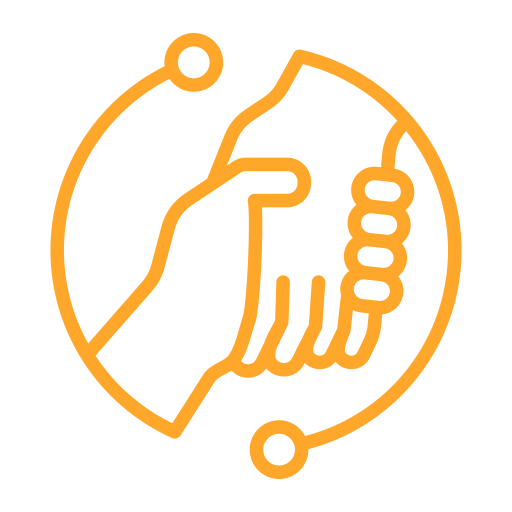Introduction and Workflow
- Microsatellites, also known as simple sequence repeats (SSRs) or short tandem repeats (STRs), are repetitive DNA sequences typically 2-6 base pairs in length, found abundantly across the genome.
- These sequences vary in repeat number across individuals, providing a unique genetic profile. Microsatellite-based genotyping analyze genetic diversity, population structure, and inheritance patterns by identifying the variation in microsatellite loci between individuals.
- The workflow begins with DNA extraction, followed by PCR amplification of specific microsatellite regions, and analysis via gel or capillary electrophoresis. The variation in repeat numbers at each locus generates distinctive patterns for genotyping.
- Electropherogram data is converted into allele calls, allowing allele size analysis, frequency distribution, and individual or population-level genotype matching.
- Microsatellite-based genotyping is widely applied in fields like conservation genetics, forensic science, and agriculture.
Advantage
- Highly variable in repeat number among individuals, making them effective for distinguishing genetic differences within and between populations.
- Unlike multi-locus markers like minisatellites, microsatellites are locus-specific, providing precise, targeted genetic information for detailed genotyping and genetic mapping.
- Highly reproducible across labs, making it a reliable method for studies requiring consistent and repeatable results, such as population genetics and forensic analysis.
- Show co-dominant inheritance, allowing the detection of both alleles at a locus for accurate identification of heterozygous and homozygous genotypes.

Applications of Microsatellites (SSR/STR) Based Genotyping
- Linkage Analysis of Co-Segregation- Microsatellites are widely used in genetic linkage studies to track the inheritance of specific traits or diseases, enabling the identification of disease-associated genes by analyzing co-segregation patterns in families.
- Diagnosis and Identification of Human Diseases- Microsatellite-based genotyping is used to identify genetic markers associated with diseases such as cancer, genetic disorders, and neurodegenerative conditions, aiding in diagnosis and risk prediction.
- Forensic Identification and Relatedness Testing- In forensic science, microsatellites are used to create unique genetic profiles for individual identification, paternity testing, and resolving cases of human-relatedness or criminal investigations.
- Cell Line Identification- Microsatellites are employed to authenticate and verify cell lines in research and clinical settings, ensuring the integrity and uniqueness of cell cultures used in experiments.
- Population Studies- Microsatellites are used to assess genetic diversity, structure, and migration patterns in populations, providing insights into evolutionary relationships, conservation genetics, and the impact of environmental factors on genetic variation.
Service Specifications
Sample Requirement
Genomic DNA ≥300 ng
Minimum Quantity: 100 ng
Concentration ≥10 ng/µL
DNA samples require an OD260/280 as close to 1.8~2.0 as possible
All DNA should be RNase-treated and should show no degradation or contamination
Please refer to sample submission guidelines or Contact Us!
Sequencing Platform
Illumina MiSeq

Deliverables
- The original sequencing data
- Experimental results
- Bioinformatics and Data analysis report
- Details in Microsatellite Sequencing for your writing (customization)
